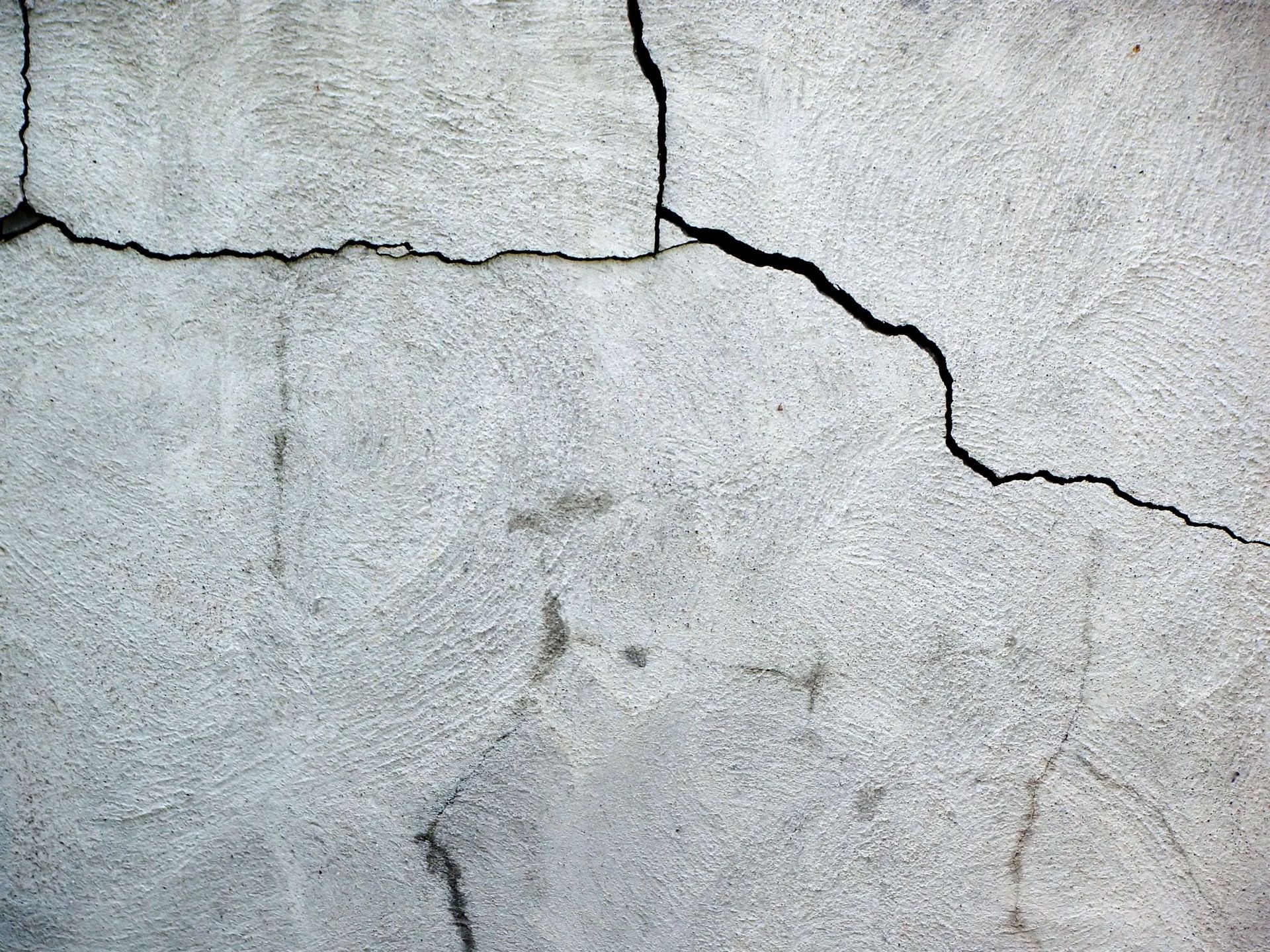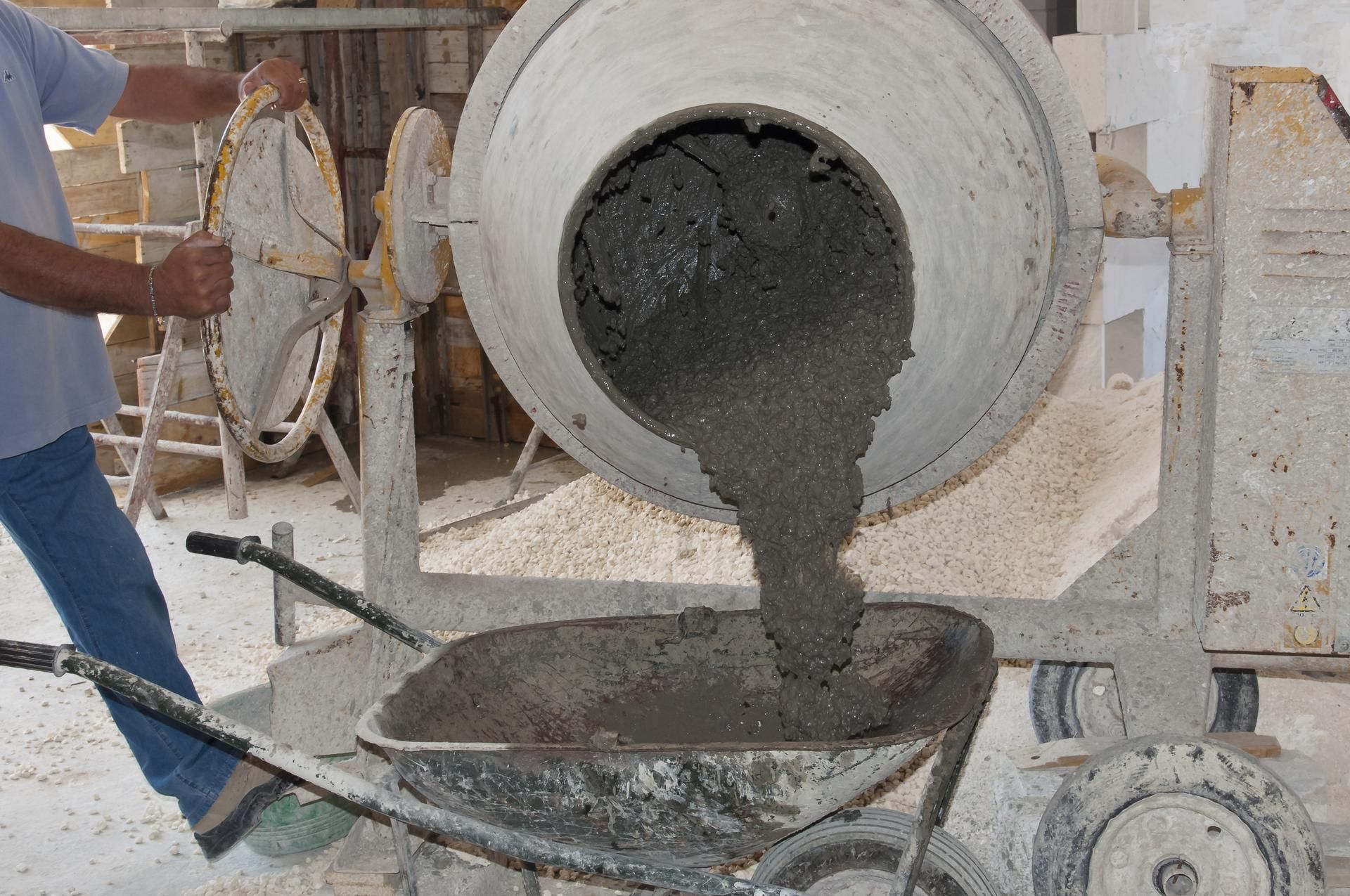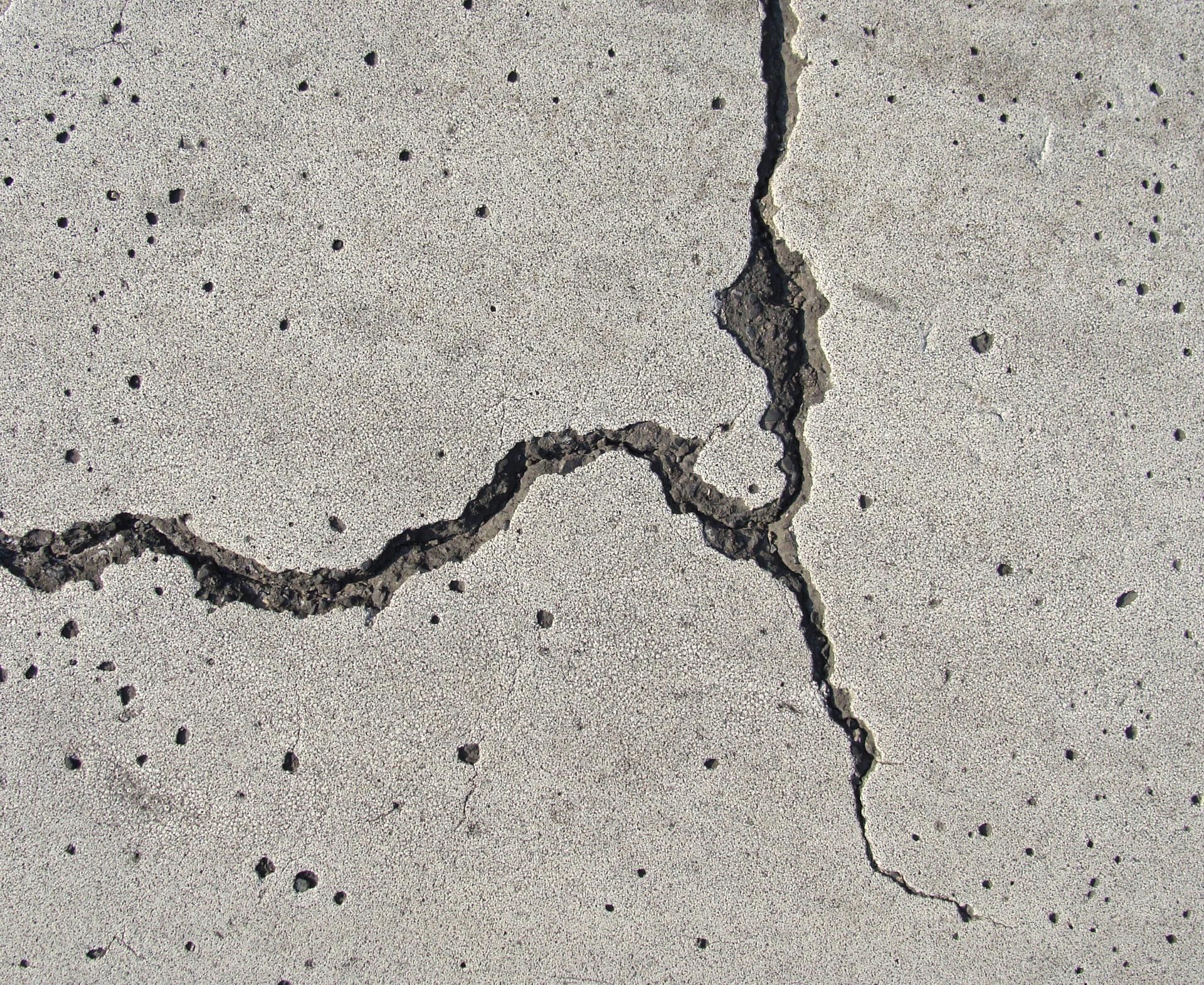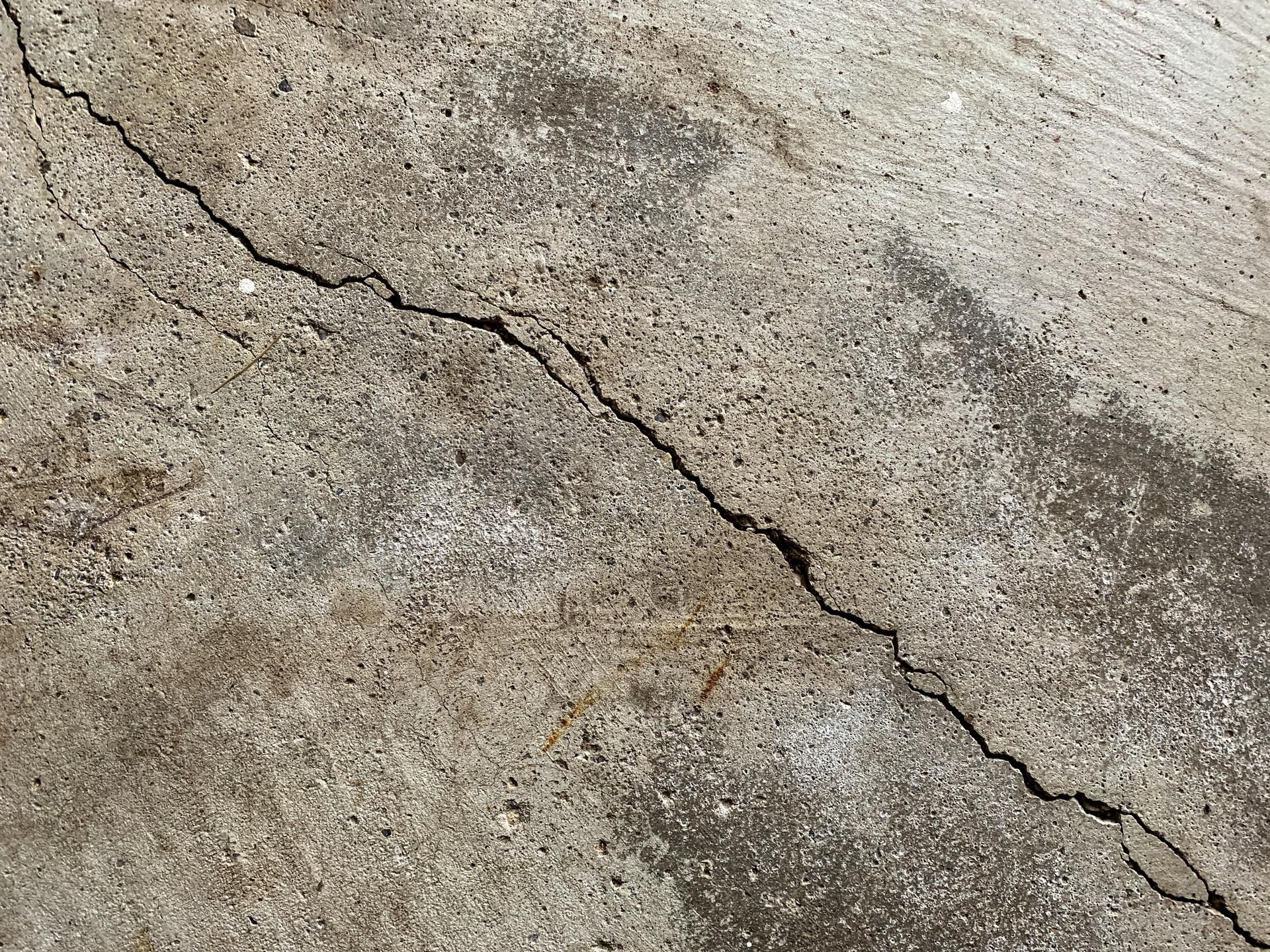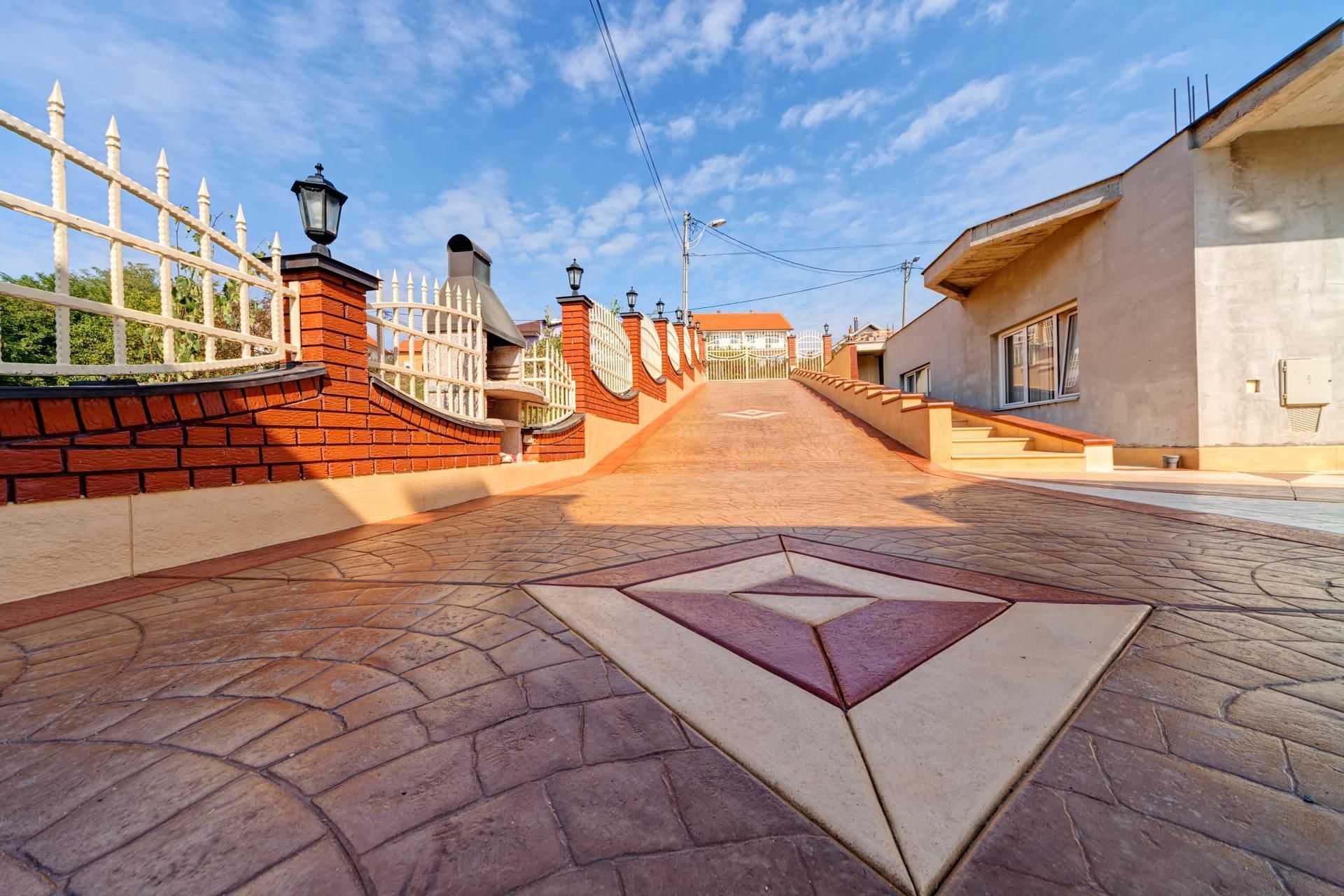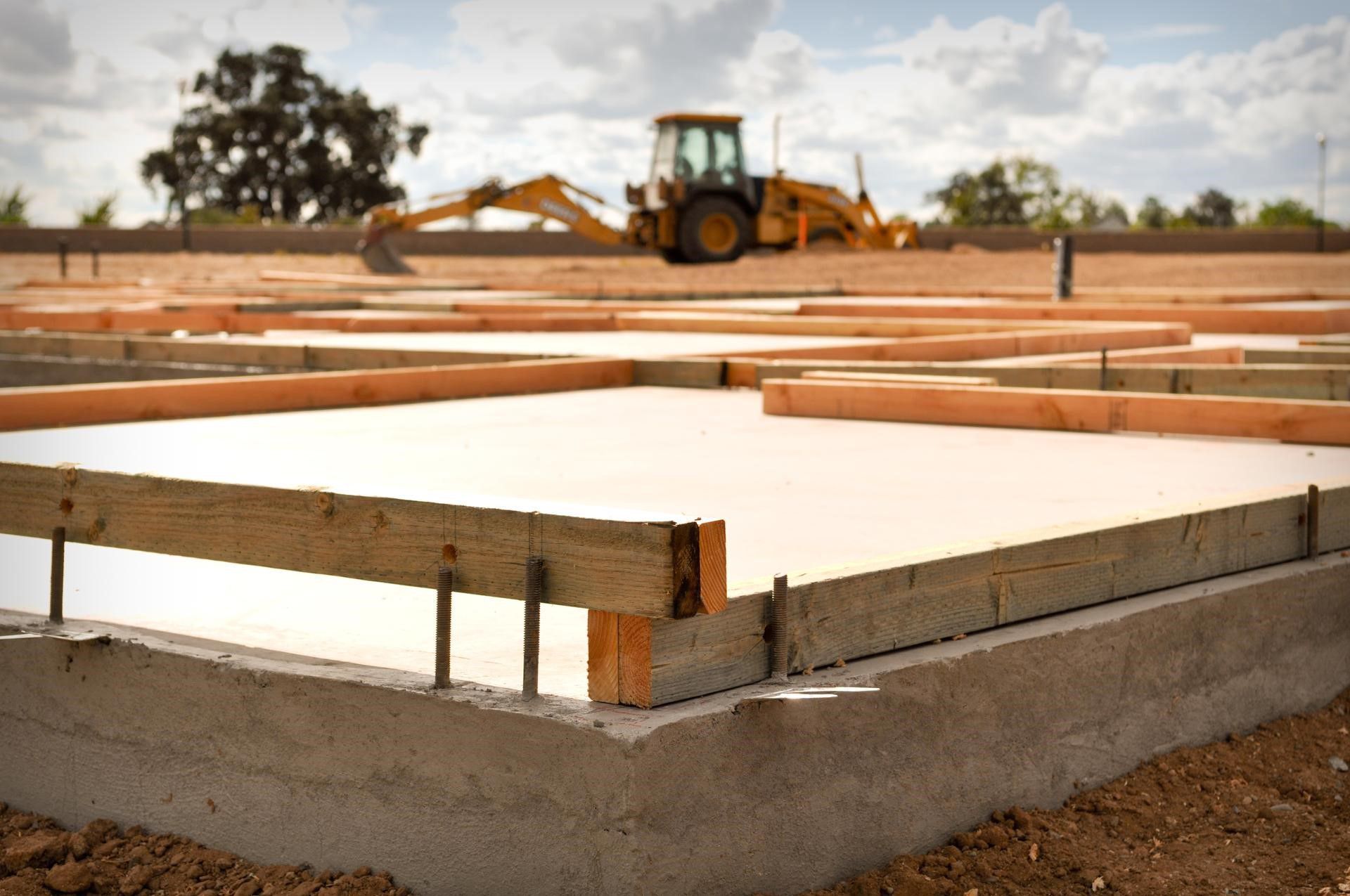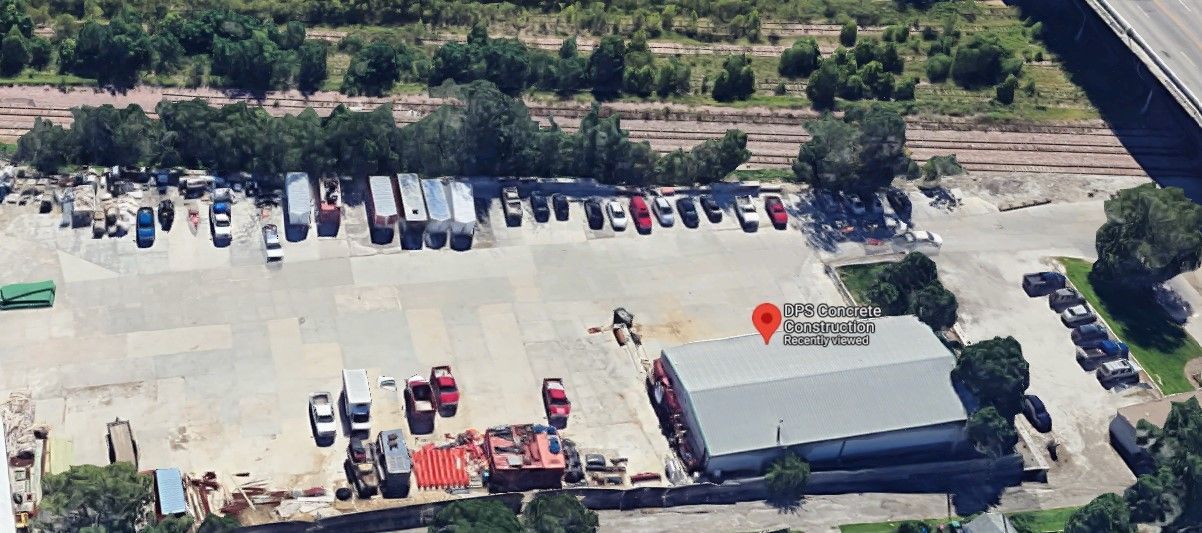How Cold Weather Can Damage Your Home's Concrete Walkway
Concrete walkways are a valuable addition to any home, providing functionality and curb appeal. However, as winter approaches and temperatures drop, homeowners need to be aware of how cold weather can take a significant toll on concrete surfaces. Without proper care, the freeze-thaw cycle, deicing chemicals, and prolonged exposure to moisture can lead to costly damage. Understanding the risks and taking preventative steps is essential for keeping your walkway in excellent condition during the colder months. Read on to learn more.
The Effect of the Freeze-Thaw Cycle
One of the primary culprits behind concrete damage in cold weather is the freeze-thaw cycle. Concrete is porous, meaning it naturally absorbs water. When temperatures drop below freezing, any water trapped in the concrete expands as it turns to ice. This expansion creates pressure within the material, causing cracks or weakening its structural integrity over time. Once the ice melts and temperatures rise, the cycle repeats, further exacerbating the damage. Throughout winter, this repeated freezing and thawing process can result in significant deterioration, leading to noticeable cracks, flaking, or spalling.
Chemical Damage From Deicing Products
Deicing products are often a homeowner’s first line of defense against icy walkways. Unfortunately, many of these products can be harmful to concrete surfaces. Substances such as rock salt (sodium chloride) and other chemical deicers can penetrate the porous surface of concrete, triggering chemical reactions that gradually weaken the material. These reactions can lead to the breakdown of the concrete's internal structure, making it more susceptible to damage over time. Additionally, deicing chemicals often attract more moisture to the surface of the concrete. This increased water exposure, combined with fluctuating temperatures, intensifies the freeze-thaw cycle, where water freezes and expands, then melts and contracts. Over time, this repetitive process accelerates the formation of cracks, chips, and surface spalling, significantly compromising the appearance, durability, and overall longevity of your walkway.
Moisture and Long-Term Wear
Prolonged exposure to moisture is another significant factor that can damage concrete walkways during cold weather. Snow and ice that accumulate on the surface can saturate the concrete as they melt, creating ideal conditions for the freeze-thaw cycle to cause harm. Furthermore, standing water or melting snow may seep into existing cracks, widening them and making your walkway more susceptible to further damage. The combined stress from temperature changes and moisture can turn small issues into larger problems if left unaddressed.
Preventative Measures for Homeowners
Fortunately, there are steps you can take to protect your concrete walkway from cold-weather damage. Sealing the concrete is an effective way to minimize water absorption and reduce the impact of the freeze-thaw cycle. Be sure to use a high-quality sealant designed specifically for concrete surfaces to provide a durable barrier against moisture and deicing chemicals. It's also a good idea to clear snow and ice promptly to reduce prolonged exposure to moisture. Avoid using harsh chemical deicers and instead opt for alternatives like sand or calcium magnesium acetate, which are less aggressive on concrete. Finally, regular maintenance can go a long way — inspect your walkway for cracks or damaged areas before winter begins and address any issues promptly with professional assistance.
The Importance of Proper Care
Cold weather can be unforgiving to your home's concrete walkway, but with the right precautions, you can reduce the risks and maintain its durability and appearance. By understanding the impact of freeze-thaw cycles, deicing chemicals, and moisture, and taking proactive steps to protect your walkway, you can save yourself the hassle and expense of repairs. With proper care and maintenance, your concrete walkway will continue to serve as a safe and attractive pathway to your home, no matter the season. If you need help protecting your concrete sidewalk from winter damage, contact our team at DPS Construction for more information.

